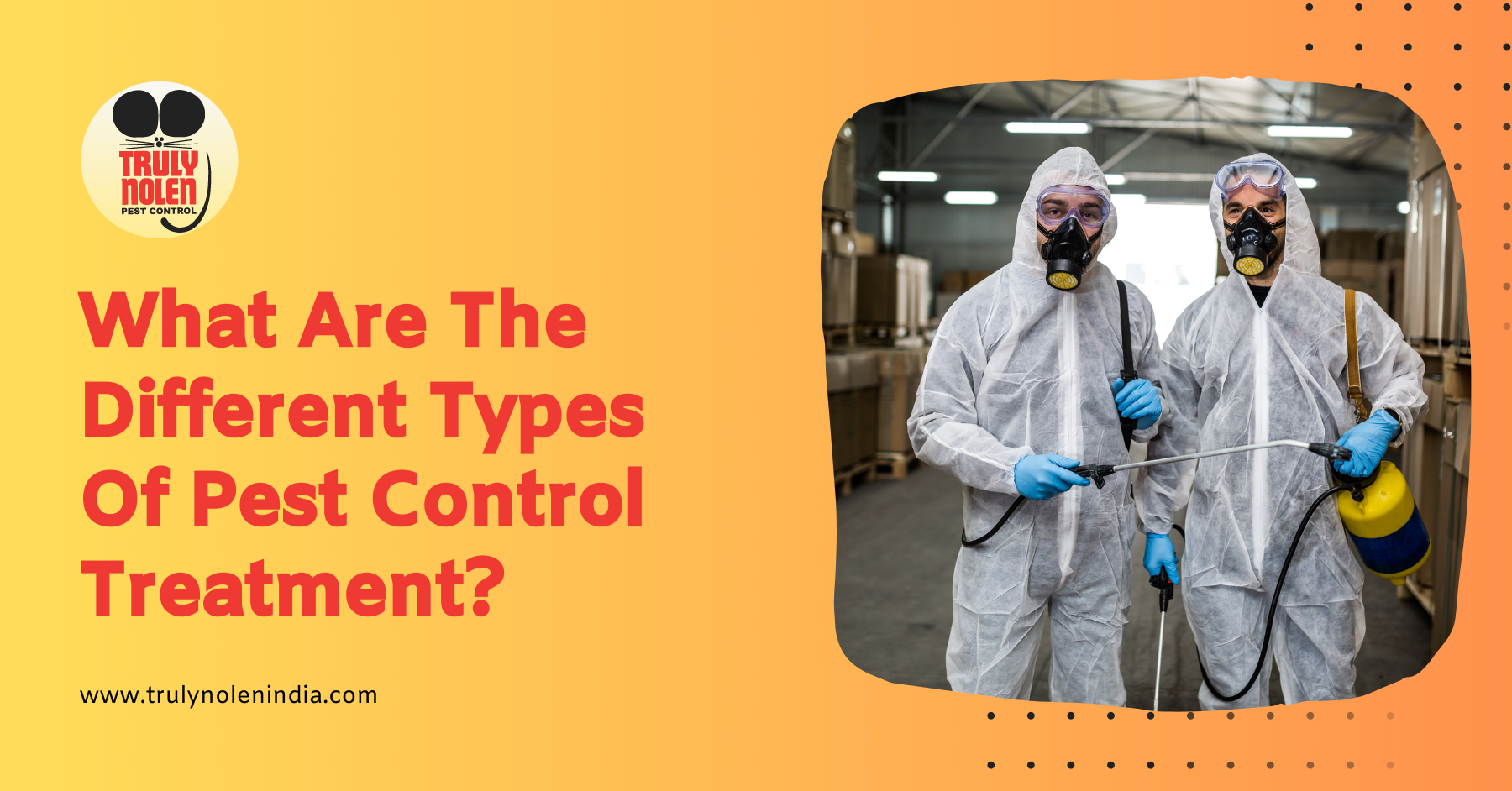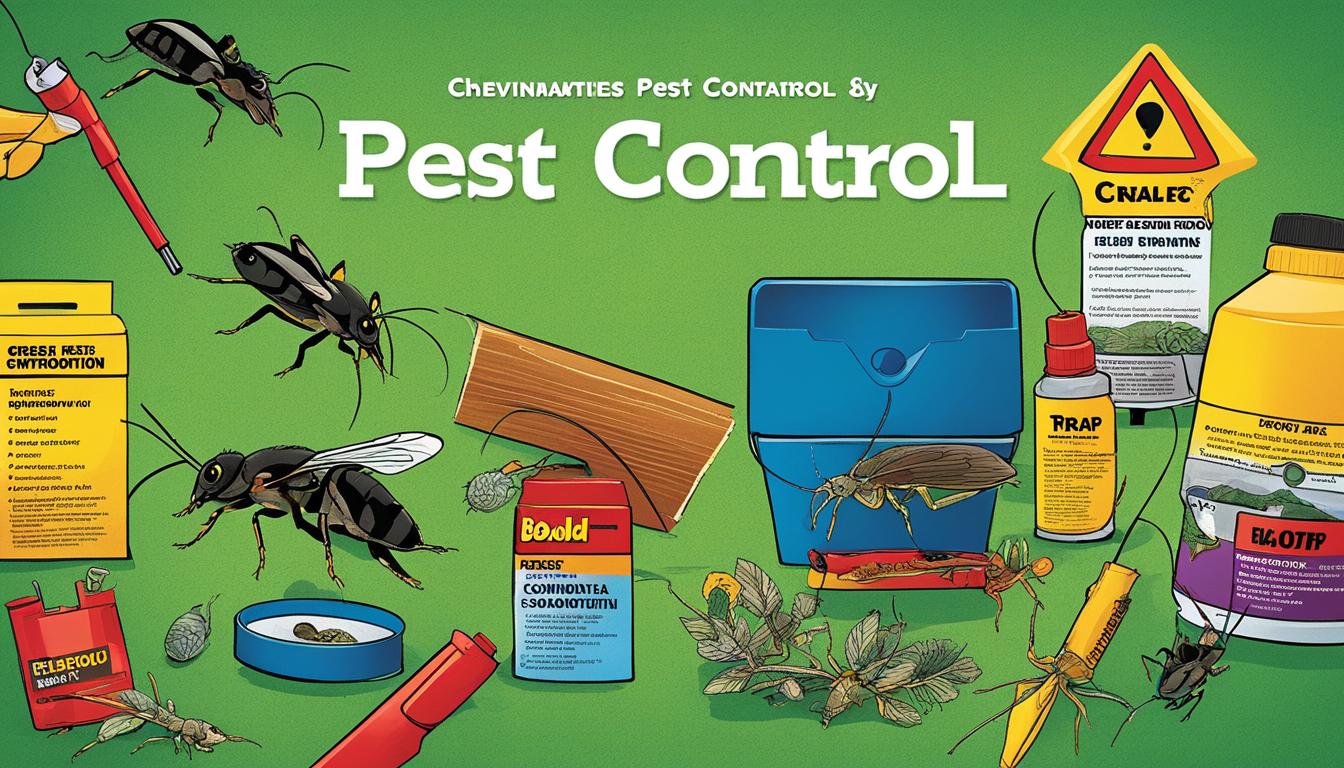Some Ideas on Pest Control You Need To Know
Some Ideas on Pest Control You Need To Know
Blog Article
The Buzz on Pest Control
Table of ContentsPest Control for DummiesTop Guidelines Of Pest ControlThe 6-Second Trick For Pest ControlThe 3-Minute Rule for Pest ControlAn Unbiased View of Pest ControlThe Greatest Guide To Pest Control
Our findings show that the initial analysis will certainly set you back anywhere from $160-$300 on average. This typically costs anywhere between $400-$1000 for the whole year's protection, with regular monthly or bi-monthly brows through currently rolled into the final expense.Depending upon the issue, a task that calls for a single go to usually costs $300 to $550. These are the easiest prices to describe in your pest control rates listing. Be certain to clarify to your consumer the process and the time it will take to assess the scenario. Throughout this very first see, you may find that the job calls for several extra gos to, whereupon you can consider it an initial see.
Pests that usually needs recurring gos to consist of: Cockroaches. Crawlers. Termites. Ticks. Rats. Our findings reveal that an initial browse through has to do with $180 and is the first of a recurring contract. The initial browse through is where you do the exploring that will aid you find out a solution. Throughout this first see, you should: Assess the issue. Pest Control.
12-month agreement. Generally, the regularity of periodic sees is: Monthly: $40 45. Every 2 months (semi-monthly): $50 60. Every 3 months (quarterly): $100 300. Bug control is a chemically-intensive service. After all, chemicals are the key products that pest control men make use of to finish a job. Common chemicals include: Boric acid.
Some Known Questions About Pest Control.
Necessary materials and supplies you'll use include: Respirator. Sprayer. Gloves. Duster. Foamer Baiting devices. UV light. Various other security devices. It is necessary to have every one of the right tools before beginning a work. Your devices must be included as component of your overhead expenses. If you have workers, then labor prices are going to be the largest expenses for your organization.
Limitations of Chemical Administration Be able to assess bug problems, establish if administration is necessary, and make appropriate referrals utilizing IPM strategies. Recognize with different approaches of insect monitoring - their benefits and restrictions. Understand the worth of helpful insects. It is not possibleor also desirableto rid gardens of all pests.
This phase talks about (IPM), a strategy that uses knowledge about pests and their, techniques, nonchemical approaches, and chemicals to take care of bug problems. Additional information about IPM for particular plants is included in phases that focus on those plants. Bugs in a yard or landscape may include bugs and mites, weeds,, animals, and birds.
The smart Trick of Pest Control That Nobody is Discussing
Lots of individuals hurry to draw, hoe, or spray every weed they see. Bugs and weeds, nevertheless, contribute in the. After planting a yard or developing a lawn, the natural process of plant succession starts to improve and nonnative plants. A weed expanding in a yard stands for the initial stage in a sequence of events that, if permitted to continue, can at some point cause a forest.
What we call "parasites" are part of a natural system at job. Only people consider specific varieties pests when they take place where they are not wanted.
Parasites prone to a chemical were quickly killed, check over here leaving resistant ones to breed and multiply. It ended up being clear that chemicals alone would certainly not fix all insect issues.
An IPM strategy enables some level of bugs in the setting. Pests are much less likely to survive a program that makes use of several approaches of lowering their populaces. Integrated parasite administration was very first suggested by entomologists because bugs were the very first group of insects to show challenging to handle with chemicals alone.
The smart Trick of Pest Control That Nobody is Talking About

Monitoring instead of eradication of parasites is the objective. An IPM strategy starts with a mindful evaluation of each insect invasion. Just after that can one determine concerning the appropriate strategies required to reduce insect activities. The life cycle of the insect, possible damage, all-natural adversaries, and effects of weather, to name a few factors, are thought about prior to a control plan is implemented.
Clover growing in a lawn might be considered as an unwanted weed, but as a bean it is manufacturing nitrogen for the soil and the blossoms are supplying nectar to honey bees and other. Resistance for some weeds may be part of an IPM plan. might be eating the fallen leaves of a plant, but when they are identified as the larvae of Eastern tiger swallowtail butterflies, their damage might be tolerated so we can appreciate the attractive butterfly.
Matt Bertone Avoidance is the first device in parasite administration because it is the most effective, least expensive, a lot of ecologically friendly service. Selecting a healthy and balanced plant that grows in the preferred area with the available light, planting it thoroughly, and making sure that it has appropriate water and nutrients stops anxiety and reduces insect problems.
An Unbiased View of Pest Control
The second essential tool in parasite management is early treatment. Being existing and observant in the garden makes certain early discovery. Responding to troubles quickly, before they have time to increase, calls for a less dramatic intervention. The third crucial tool is recordkeeping; tracking what takes place in the yard enables a gardener to recognize patterns and make educated choices.
Numerous secure, practical, nonchemical approaches of plant security and insect management may decrease or eliminate the requirement to spray. Various other approaches are most useful when used with chemicals. To execute monitoring methods properly and to minimize losses, garden enthusiasts must recognize the types of insects that assault plants and understand pest biology.
Insect monitoring methods drop right into four groups: cultural, mechanical, organic, and chemical. Keeping plants healthy and avoiding plant stress aids plants to much better endure and fix the damages brought on by a pest or mite bug. Some proof indicates discover this that healthy and balanced plants stand up to infestation by insects much better than plants with reduced vigor.
Performing a dirt examination and using just the recommended quantity of plant food and lime makes best use of the benefit to the plant while minimizing problems associated with too much use plant food. Covering the soil with several inches of mulch protects the plant in several ways: reducing soil water loss to evaporation, minimizing weed competitors, offering nutrients, and producing a suitable setting for earthworms and microbes that keep the soil loose for roots and break down natural material to release nutrients.
The Greatest Guide To Pest Control

If tilling is deemed essential, think about doing it in the loss when the life cycles of several bugs brings them near the surface. At the surface area, bugs end up being subjected to the climate as well as birds and other all-natural adversaries.
Report this page